SOUTHERN SOJOURNS
A Whirlwind Tour of Zambia, Malawi & South Africa
Whenever you set foot from your front door, you are traveling into the unknown.
From your neighboring state to the other side of the world, one can never know quite what to expect. You can, of course, immerse yourself in guide books, travel blogs and endless research, but these are often subjective and burdened with practicalities.
Over our many years of travel creation, we have found that nothing can match the retelling of first-hand accounts to truly instill a sense of understanding and convey a message with both clarity and empathy. You are able to relate, imagine yourself in your storyteller’s shoes, and glean vital information and comprehension before your own departure into the unknown.
This is, at least in part, why we insist on visiting every country, destination, camp and villa ourselves, enabling us to share them with you from an informed position to allay your concerns and provide insightful wisdom of your upcoming adventures.
Returning from a bountiful African sojourn, our dear friend Johann offered his blog for us to share with you, providing the gamut of his experiences in his own words.
Envisioning the journeys of other clients can be incredibly rewarding, especially when provided in such detail. So if you are wishing to learn more about Johann’s destinations – Zambia, Malawi and South Africa – and learn of his personal experiences at various villas and lodges, or if you are curious as to the COVID protocols, charter transfers or myriad breathtaking experiences awaiting you, please read on:

It’s easier and safer than you think!
That’s my biggest takeaway from a few weeks of traveling around South Africa, Zambia and Malawi last month (Oct 2021. There are now options to smooth the burden of Covid tests and enjoy a seamless itinerary through these countries. Masks and protocols are of course in place indoors at airports and hotels, while more open-air lodges conform to guests’ comfort level and I felt completely safe not wearing a mask around camp or on game vehicles. Covid numbers in Zambia, Malawi and South Africa are currently very low and with the increased availability of rapid tests, camps are testing their staff regularly.
October also offered off-the-charts animal viewing at the peak of dry season and it was such a pleasure to escape and just enjoy Africa: wide open spaces, pristine nature, delicious food, stiff sundowners, lots of laughter and that real sense of freedom we’ve all been longing for.
SOUTH AFRICA
My arrival city was Johannesburg, so I decided to spent a night each at my three favorite upscale hotels. All exceeded expectations and provided sanctuaries of tranquil, secluded spaces shielded from the often frenetic city. I highly recommend spending two nights at any of these to overcome jetlag, perhaps visit the spa or gym, and get in a fully relaxed state of mind to start your safari.
The Saxon Hotel is still the epitome of refinement and sophistication. It is a true world-class establishment (a term used way to often in general, but definitely applicable in this case). Every part of the guest experience is thought-out, anticipated and seamlessly executed.


A touch more laid-back, and also with beautiful spacious rooms and excellent service in a serene setting, The Fairlawns is another luxury option in Johannesburg, while for a home-away-from-home feeling, The Residence fits the bill perfectly. It’s as if you’re visiting your favorite aunt who has a lovely house in Houghton. I enjoyed waking up to birdsong and taking an outside shower on my balcony; a great way to get in the mood for safari!
I made my way to the Cape Winelands and spent a night at Delaire Graff Estates. Delaire has always been one of South Africa’s top wine estates; a First Growth in Bordeaux terminology. It’s been a few years since my last visit and I was once again in awe of the complete experience: the accommodation and art collection, expertly guided wining and my favorite dining, overall sophistication and attention to detail, and of course, some of the most stunning views in the Winelands. Five minutes into my massage, I asked if I could extend the time and it turned out to be one of the best therapeutic body work sessions of my life. The suite was comfortable and inviting; I wish I had a few more days, or even a week, to stay longer and fully settle in.
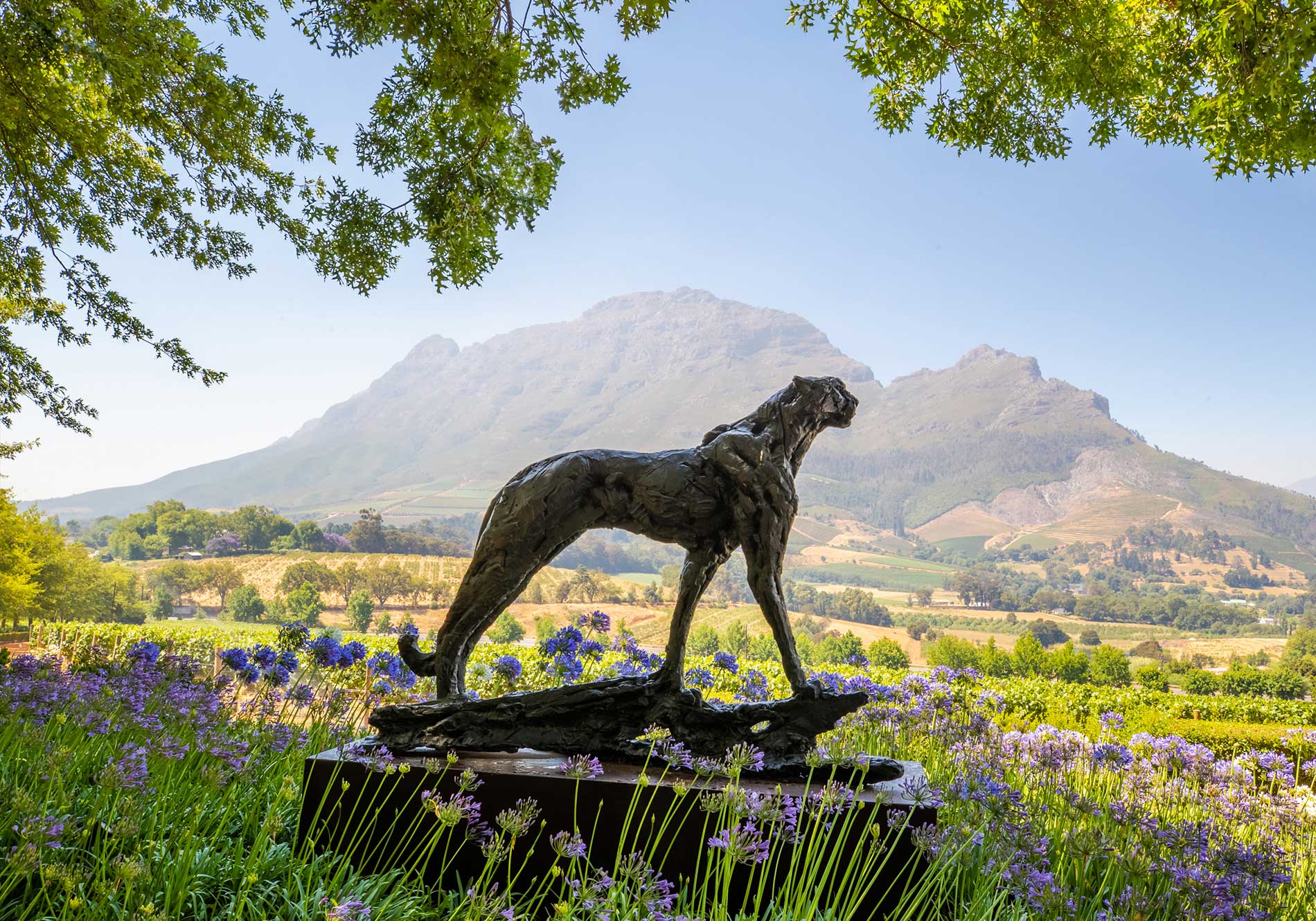
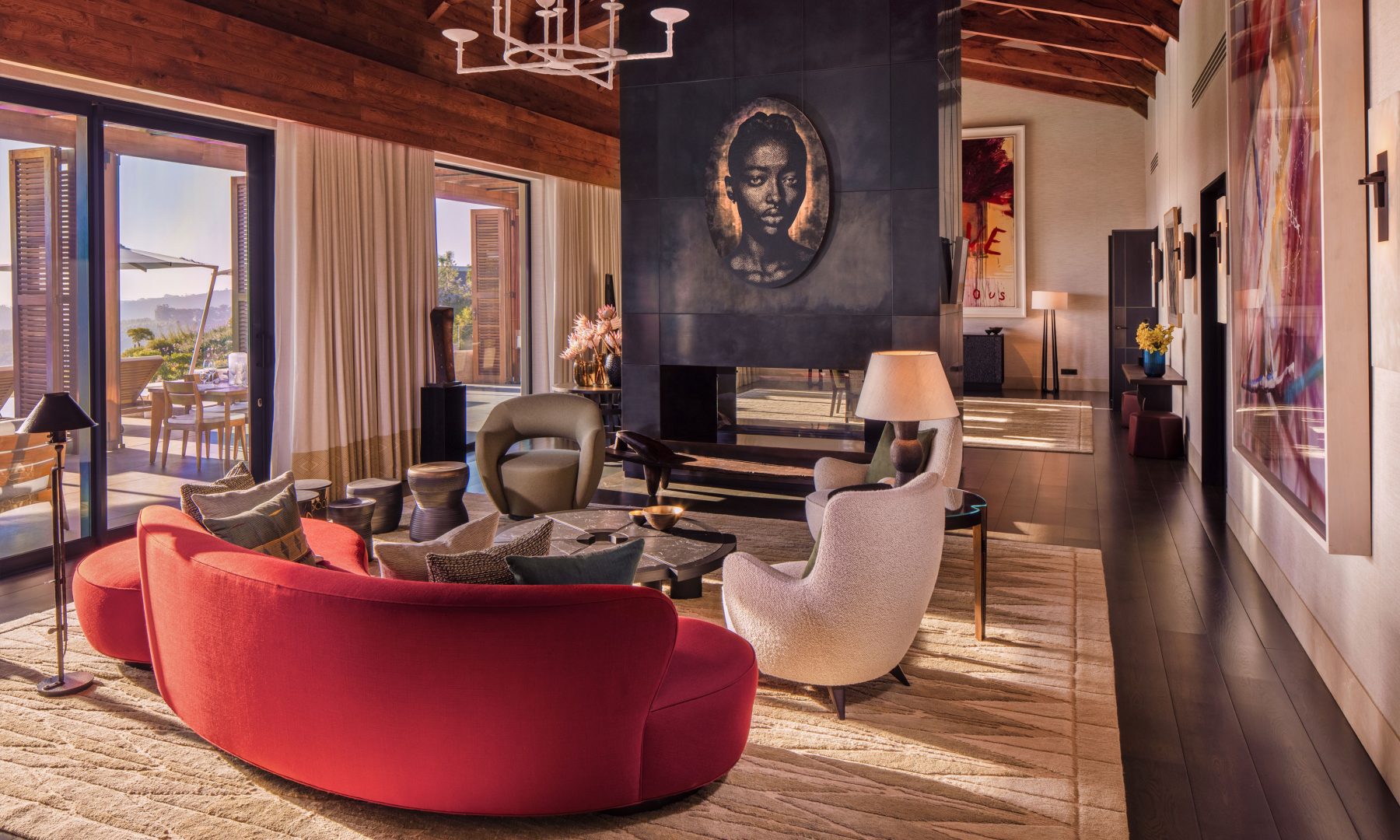


ZAMBIA
After a quick Covid test at O.R. Tambo International Airport (they have convenient three-hour, one-day, or rapid options), I was off to Zambia to catch up with Nick Aslin and his team at Zambian Ground Handlers. My go-to property in Lusaka is Latitude 15, the quirky boutique hotel-cum-art gallery. With its many well-ventilated and open-air public spaces, it’s the perfect setting to start my visit to Zambia before moving on to Green Safaris.
Apart from a strong commitment to conservation, Green Safaris, as the name implies, incorporates the latest green technologies in camp design and in the guest experience. From unique construction methods, back-of-house systems to generate electricity (100% solar) and water systems, to guest-facing amenities like electric game vehicles for a unique “Silent Safari”, they are leading the way to safaris of the future!
Sausage Tree Camp in the Lower Zambezi National Park is simply wonderful. As always, it was an absolute delight to be on the banks of the Zambezi River, especially this late into the season when there are just stupendous amounts of elephants, buffaloes, hippos, and other animals congregating along the riverbanks and on the islands right in front of the lodge.

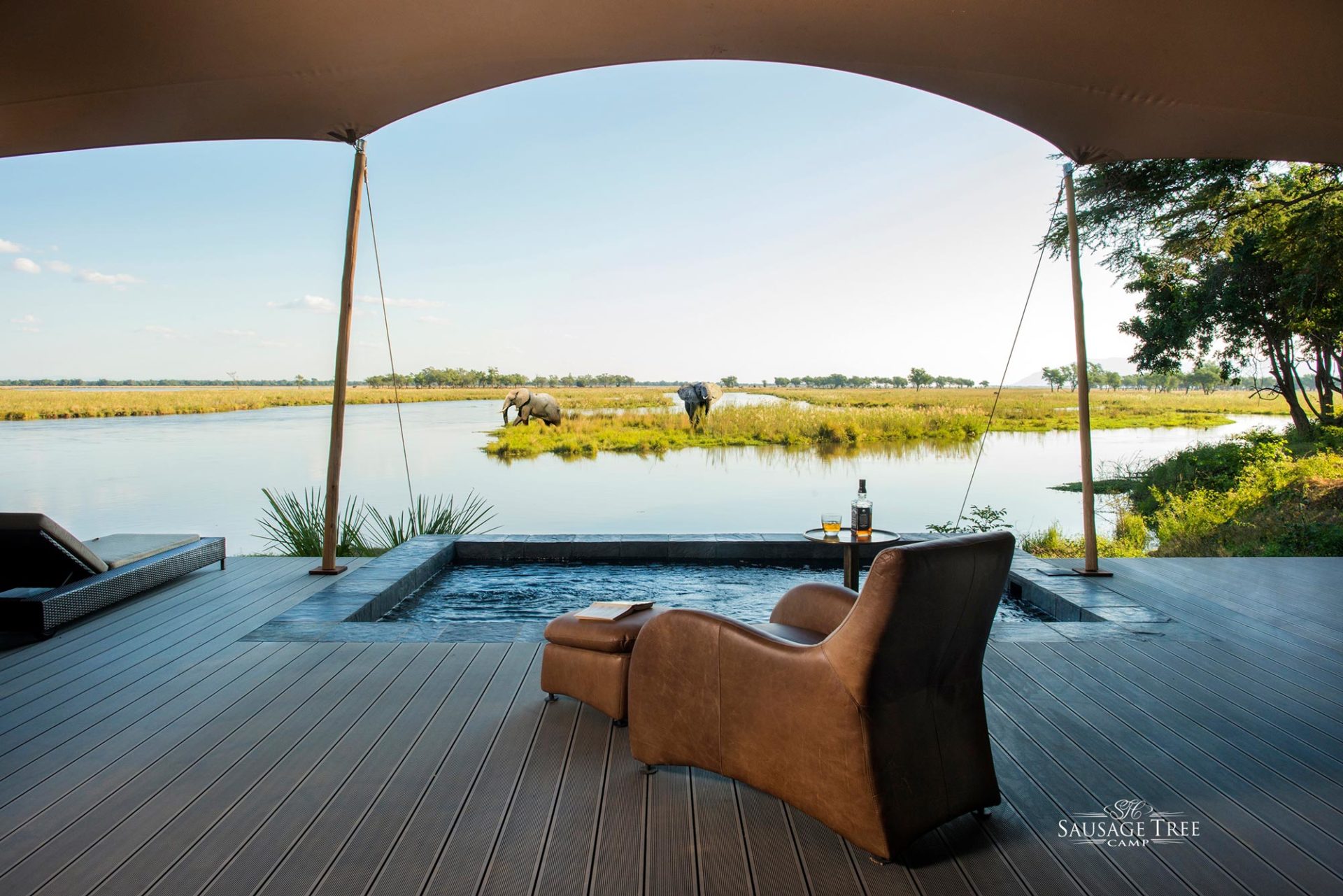
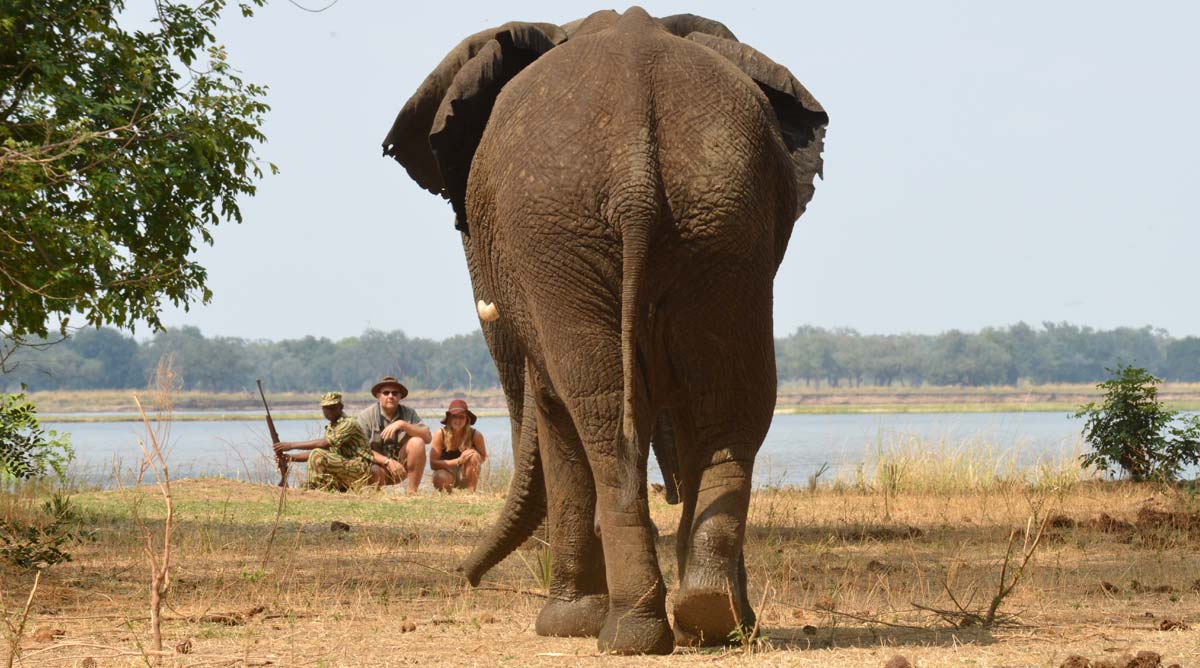
At any time of day, there were animals visible from the lodge, and elephants often roamed through camp. Game drives were productive with good lion and leopard sightings and we loved the legendary water lunch in the middle of the Zambezi; a delight after overcoming the natural nervousness of stepping right into a shallow part of the river normally teeming with crocodiles and hippos (it’s perfectly safe in the shallows and indeed a memorable experience).
My favorite activity at Sausage Tree Camp is an afternoon guided canoe trip gliding down the nine-mile Chifungulu Channel, which branches off the main Zambezi River right below camp. Yes, there was the thrill of squeezing by pods of hippos or waking up sleeping crocs, yet the highlight was encountering around 150-200 elephants bathed in glorious afternoon light all along the channel. The experience is also excellent for birding as you’re in a silent environment.
Canoeing at Sausage Tree Camp, Lower Zambezi National Park.
Sausage Tree Camp, and its smaller sibling Potato Bush Camp, offer a great balance of luxury and casualness. Every detail is attended to and they guarantee private guiding for every booking (the ultimate extravagance), along with complimentary flights to and from Lusaka, Kafue, Mfuwe or Livingstone.
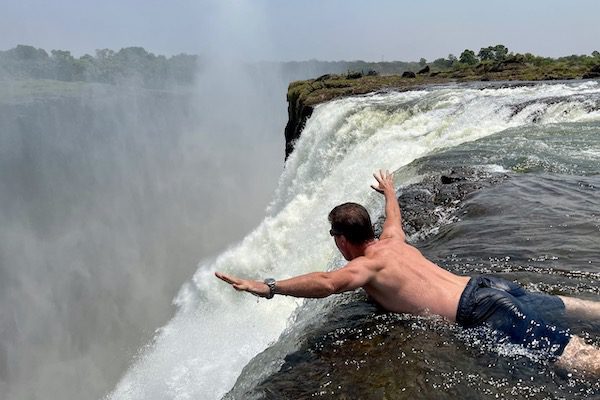
There was a notable nervousness on our flight to Livingstone that had nothing to do with the pilot or flight itself, but with the Livingstone Island and Devil’s Pool experience looming on arrival. Devil’s Pool is typically either on someone’s “bucket list” or “hell-no list”, with only a few undecided on the day. Once we got to the island though and had gone through extensive safety briefings, everyone mustered the courage to go for it! It’s a memorable experience for sure.
Tongabezi had a somewhat subdued 30th celebration last year among all the travel disruptions, so it was nice to see the vivacious team again and celebrate the return of travelers. I’ve always considered Tongabezi as the leading accommodation option in the Falls area; just far enough upriver from the Falls to avoid the buzzing helicopters and big sundowner boats around the larger hotels, yet close enough to be only 30 minutes from the Falls and airport. It’s the perfect blend of exclusivity, luxury, and sense-of-place in a tranquil setting. As always, the naturally smiling staff with their genuine service delivered gourmet food and excellent wines meal after meal.


We enjoyed the quick 10-minute boat ride over to Sindabezi, the more traditional Zambian-style tented camp on a private island in the river. Since my previous visit to Sindabezi, it has seen simple improvements such as fans in the rooms, a plunge pool and even more intimate dining settings.
Sundowners on the Zambezi are always special, but Tongabezi’s “Bar on a Sandbar” takes it to another level and is just magical …
Tujatane Trust School is the secret sauce responsible for plenty of the passion exhibited by everyone working at Tongabezi. Started as a preschool more than 25 years ago by the founders of Tongabezi, it has grown into an award-winning primary school for around 280 children, all from surrounding disadvantaged communities. Pupils are given a proper education that sets them up for success at higher education boarding schools, colleges and universities. With the continued support of Tujatane, students have gone on earn degrees as lawyers, teachers, accountants, pilots, and other professional positions.
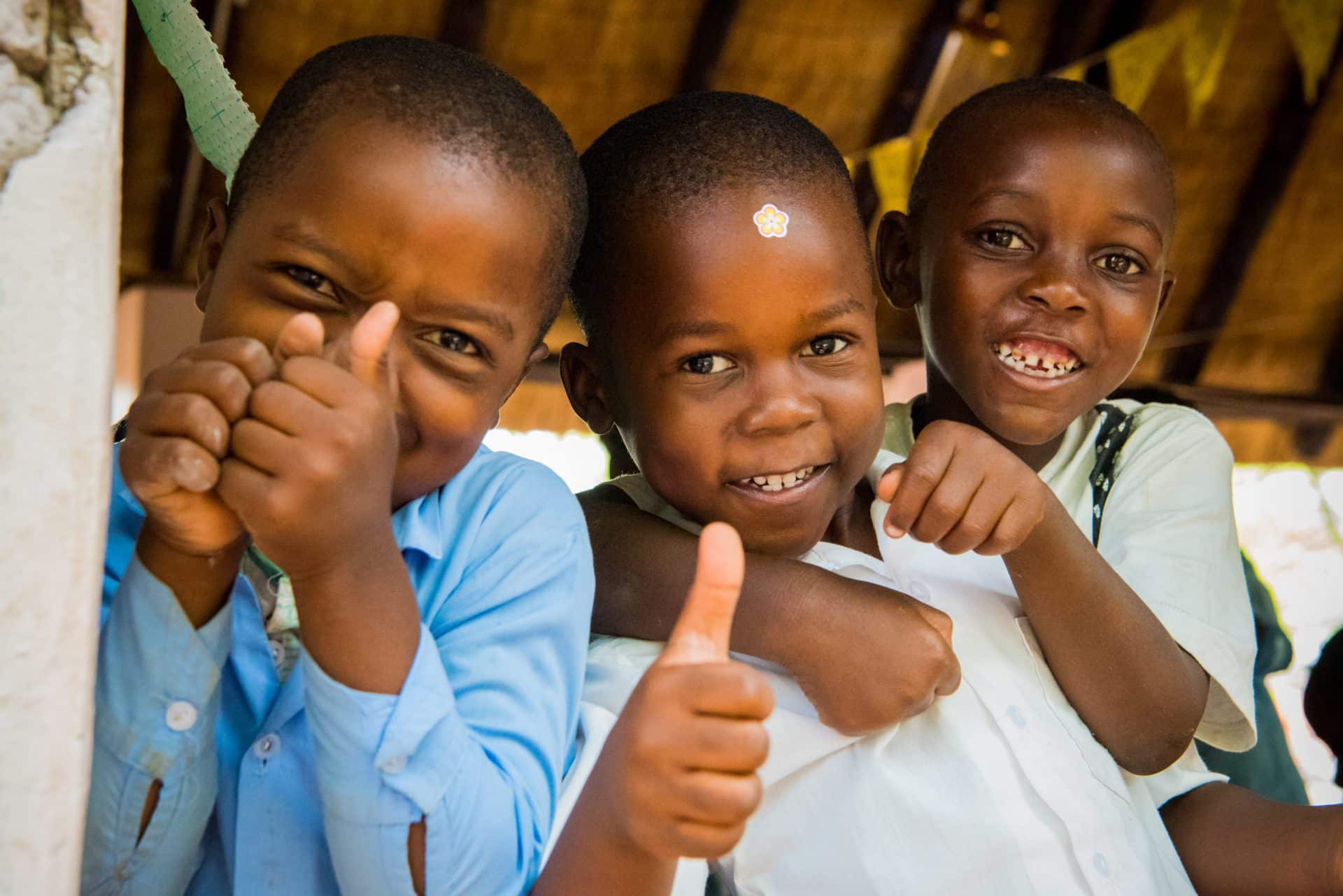
Our next stop was Ila Safari Lodge in the central part of Kafue National Park. Set on the banks of the Kafue River, Ila is a great base from which to explore this part of the park and the surrounding Game Management Area. Though most North American and more luxury-oriented guests typically fly in, there is also the option for a three-hour road transfer from Lusaka.
Kafue National Park is one of the largest parks in Africa at 5.5 million acres and is home to 152 different species of mammals and around 478 recorded bird species. African Parks, which I rate as one of the best conservation entities in Africa, recently signed a preliminary management agreement to take over Kafue while they negotiate a long-term 20-year agreement with the Zambian government. They have already had a massive impact in a short time through an injection of resources, including anti-poaching spotting planes and a helicopter that we saw at the airstrip. The park is so vast that aerial patrols are the only way to oversee remote areas. One evening here, we were joined by Matt Becker from the Zambian Carnivore Programme, and we learned more about their various conservation programs in Zambia.


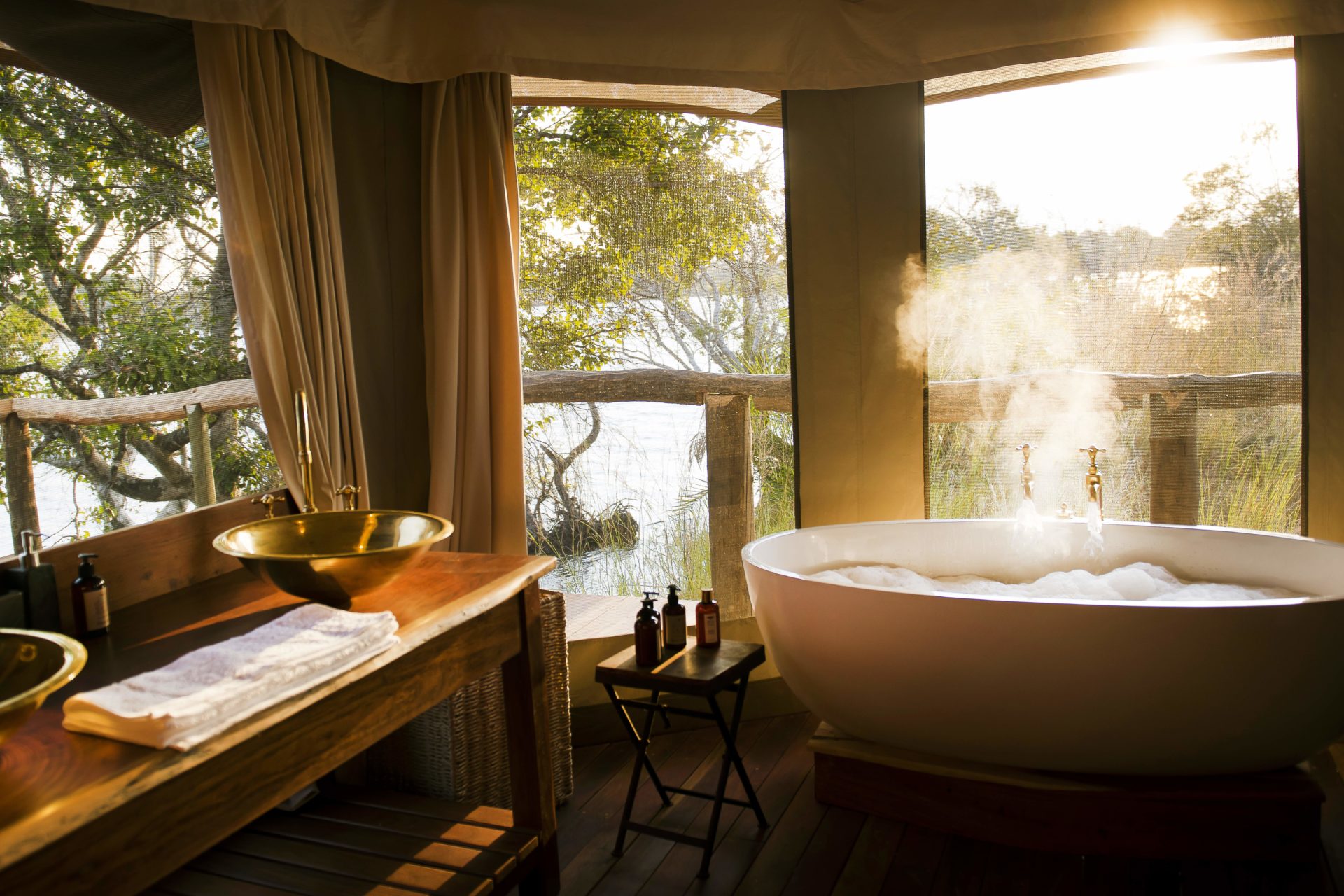
Apart from the ever-present elephants, hippos and crocs, we had a surprise sighting of a leopard on the way in from the airstrip and some lovely lion sightings with playful cubs entertaining us for quite some time. We all enjoyed the completely silent electric boat cruise along the river. Another highlight was walking into the main lodge for breakfast and seeing two massive male lions slowly meandering along the opposite riverbank patrolling their territory. They were very vocal earlier that morning too … nothing like the sound of lions roaring to wake you up!
We flew to Busanga Plains in Northern Kafue for the day to see the brand new Chisa Busanga Camp. With only four elevated “bird’s nest” units (Chisa is the local name for a Hammerkop nest) it was too intimate to host our group of ten for the night, so we had to settle for a site, and we were not disappointed! I’ve been looking forward to seeing Chisa since first learning of its concept, and I loved the setting, design, attention to detail, and remoteness of the camp. The camp’s intimate size with only four “nests” (one with an elevator) makes it perfect for exclusive use for a family or friends travelling together.



Chisa is 100 percent solar and has fully-electric vehicles for the quintessential “Silent Safari”, along with e-bicycles for the more active. Game viewing on e-vehicles is remarkable as you can hear every note of a birdsong, warning call of the animals, branch break or grass bend, and countless soft sounds as you quietly move along.
Shawa Luangwa Camp was our next stop in the game-rich South Luangwa National Park, generally considered the premier park in Zambia. Located to the north of Mfuwe, the new Shawa Camp was named after famed guide Jacob Shawa, who, together with fellow guide Chris, ensured that we had a spectacular time despite our short stay. The camp has five unique units built as “tree houses” overlooking the Luangwa River.
Most animal viewing is currently done inside the park after a quick crossing of the river. Vehicles are, of course, electric, so once again and true to form, you’re on a “Silent Safari”. However, while your vehicle is quiet, the safari is not: the prolific birdlife combined with trumpeting elephants, grunting hippos and roaring lions created more of a symphonic safari! And the crescendo, the wind through the wings of the Carmine bee-eaters, always an absolute delight this time of the year.
Just before our final day’s afternoon game drive, we had a quick COVID test swab in camp and then received results a few hours later around dinner time. This was so easy and seamless and had no impact on our safari experience, meaning we did not miss anything by having to go somewhere out of our way.
COVID test results in hand, we game-drived to the airport the next morning and took the one-hour flight from Mfuwe to Lilongwe in Malawi, cleared customs and then flew another hour to Likoma Island on Lake Malawi. COVID tests were checked and visas issued on arrival in Lilongwe; all simple and seamless, taking far less than an hour. And so we arrived in paradise in time for lunch!
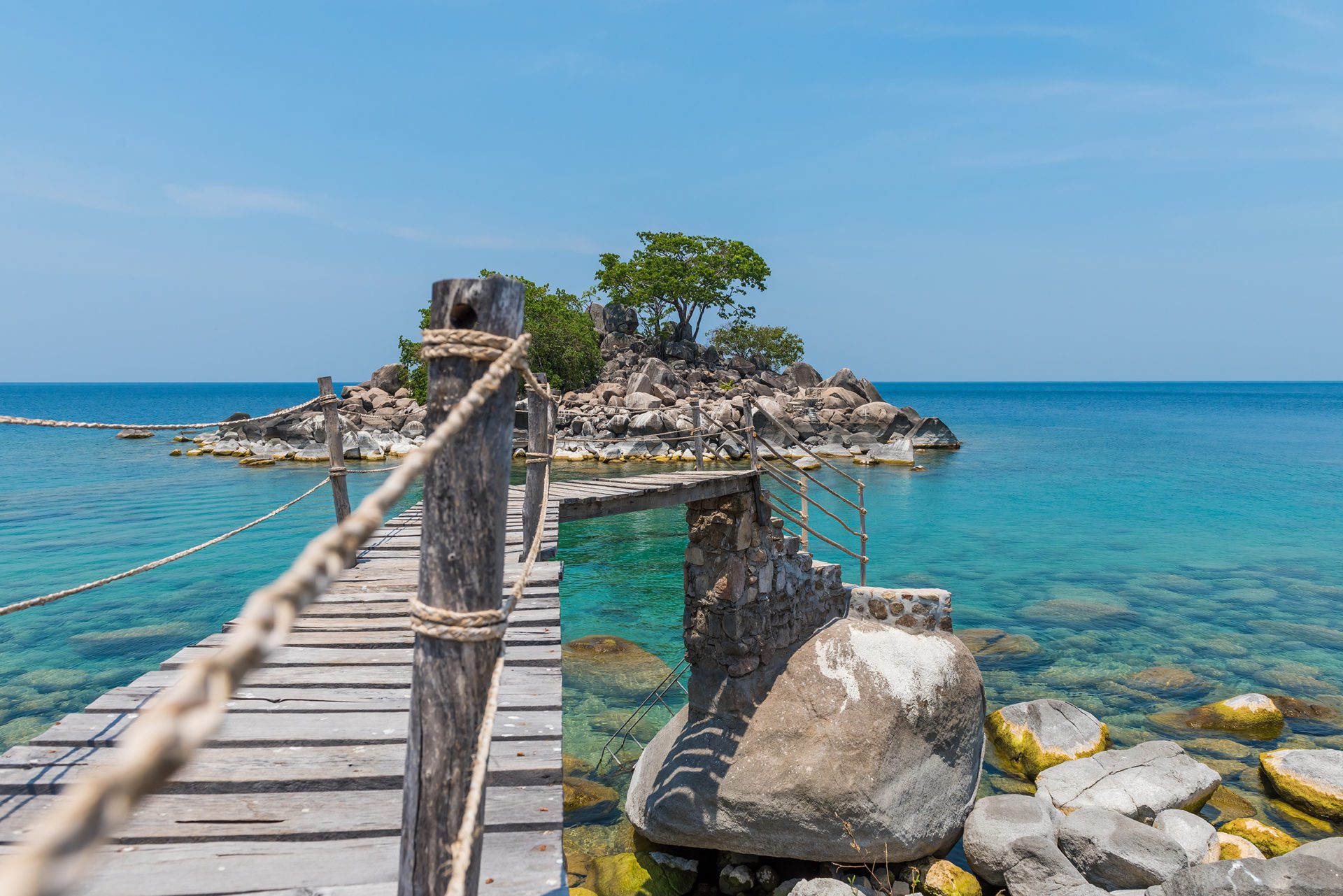


MALAWI
Kaya Mawa is a magical beach alternative to the typical coastal options, especially if you’re in Zambia as it’s so easy to get to. Think iconic lodge in an iconic destination! I mean, it’s not often you get to stay on an island in one of Africa’s Great Lakes. Upon arrival we all, including our pilot, immediately began to scheme about how we could sabotage the plane and get “stuck” here for a few more days. Kaya Mawa is just one of those truly special places in Africa (or the world for that matter), with an experience wonderfully hard to put into words.
Lake Malawi is home to more than 700 species of cichlids, colorful small fish familiar to anyone with a freshwater aquarium, as most of the ones we find in North America originate from Lake Malawi or Tanganyika. Scuba diving and snorkeling reveal a cornucopia of colorful cichlids, while other watersport options include stand-up paddleboarding, kayaking, sailing, waterskiing, wakeboarding and fishing. I found the scuba diving interesting, though the snorkeling is just as rewarding.
Other activities on the island include quadbiking, e-bikes, visiting the renowned Katundu art workshop, or just relaxing and sunbathing by the beach while forgetting about life for a while … and just like that, all too quickly, our time was over and we all had to return to reality.
Or did we? I stayed on in Malawi to visit Liwonde National Park and also Majete National Park, two very successful African Parks projects.
First, a stop at Latitude 13, the older sister property to Latitude 15 in Lusaka and Latitude 0 in Kampala, Uganda. Similar to its siblings, Latitude 13 is one-of-a-kind, focused on showcasing local art, and a perfectly delightful non-hotel hotel that is more a labyrinth of fun, interesting spaces to hang out in. Just like Lusaka and Kampala, it’s the choice place to stay in Lilongwe.

Liwonde National Park is managed by African Parks and is the premier safari destination in Malawi. I found the animal viewing interesting: large herds of elephant, buffalo, waterbuck (the most I’ve ever seen together anywhere) along with cheetah, lion and black rhino, which were all re-introduced by African Parks and are now thriving.
Majete Reserve was the very first project that African Parks took on in 2003 and is the symbolic start to their very successful achievements all over Africa. The terrain is beautiful, varied and interesting, though often thickly wooded, which impedes some animal viewing. However, when you get your glimpse, you’re looking at lots of elephant, buffalo, kudu and sable, with smaller numbers of re-introduced lion, black rhino and giraffe.
I stayed at Thawale Camp, which is run by African Parks. It is a perfectly unpretentious classic tented camp with a very productive waterhole right in front.
The other option in the park, that was unfortunately not open when I visited, is the more upscale and contemporary Mkulumadzi Lodge located in a private concession in the north. Next time!
I had two final COVID tests: one very conveniently and efficiently done in the parking lot of a coffee shop in Blantyre and the last a few days later in South Africa where I did the online antigen test as required for re-entry into the USA. I did one earlier this year and this time was just as easy and barely took 20 minutes in the comfort of my room while I looked out at elephants at the waterhole!
My concluding thoughts after this whirlwind around Southern Africa are that, while we still have to deal with some COVID disruptions to flights and with testing requirements, the overall safari experience is every bit as fulfilling as before! Logistics have been ironed out (as only Africans can) to the point that everything works seamlessly, from progress through airports where a quick look at your negative COVID test barely added any time while you wait for luggage to be unloaded from the plane, to efficient testing, basic protocols, and a relaxed and welcoming atmosphere at lodges and camps.

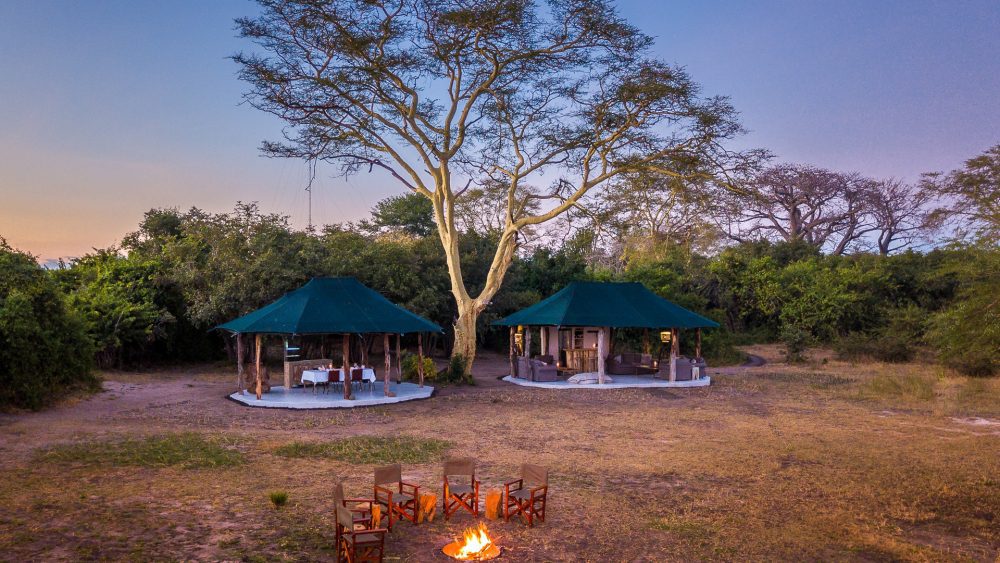
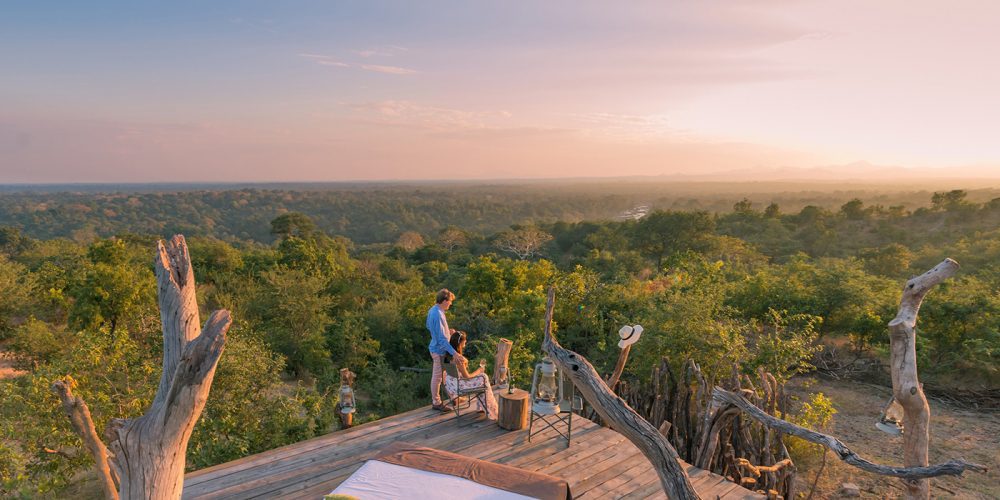
You can absolutely visit Africa with confidence! I can’t think of a better place to be right now.
NOTE: Rules and regulations in regards to COVID are changing regularly. We are continually reviewing policy and changes to ensure our clients’ comfort and safety. Please discuss your travel plans with us for current protocol and availability.
For more information on Johann’s wonderful journey and the many camps and destinations he visited, please contact your Travel Designer.

